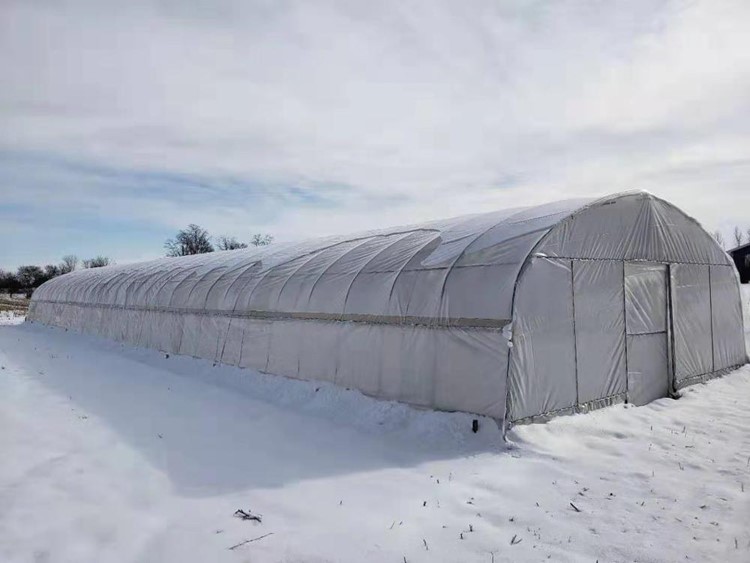The main points of vegetable cultivation in greenhouse
1. Select good varieties
The use of greenhouses to grow off-season vegetables relies on sufficient light and heat resources, mainly to grow tomatoes, cucumbers, eggplants, peppers, beans, cantaloupe and other vegetables and fruits. Selecting good varieties generally increases production by 10% to 20% and benefits by more than 10%.
2. Reasonable shed type
Greenhouses are divided into 5 types. In the planting of vegetables, the type of greenhouses should be selected according to the different requirements of vegetables for temperature, or the types of vegetables to be planted should be determined according to their own types of greenhouses. Only in this way can the ideal yield of vegetables be obtained.
3. Formula fertilization
Fertilization is the basis for increasing production, and high vegetable yields take away a lot of nutrients. Therefore, increasing the application of base fertilizer is an important guarantee. - For the average yield of 1 to 20,000 catties per mu, 1 to 20,000 catties of fully decomposed organic fertilizer should be applied, and it should be matched with quick-acting chemical fertilizers to achieve long-term and quick-acting effects. Most of the quick-acting fertilizers are ternary compound and diammonium phosphate. In addition, a certain amount of iron, boron, molybdenum microelements and medium element fertilizers such as calcium and sulfur should be applied. Into the fruiting period, but also with the water to apply a certain amount of fertilizer.
4. Selection of shed film
The choice of greenhouse film has a great impact on yield and yield, which in turn affects the benefit of planting. Greenhouse film is divided into PVC, polyethylene and EVA film according to different materials, and can be divided into longevity non-drip film, half-drop film, anti-fog film and so on according to the function. It should be reasonably selected according to different types of vegetables. Polychloroethylene film should be used for planting cucumbers. The color of cucumbers grown with this film is positive and planted. Polyethylene or EVA film should be selected for planting tomatoes. It is more resistant to weak light and low temperature, and these two kinds of films can meet the requirements of tomato growth. EVA film should be used for planting eggplant, which has high light transmittance, anti-aging, good drip-free and anti-fog, and good eggplant coloring.
6. Two film clips - thatch
Adding a layer of floating film to the curtain is another production increase measure taken in the last five or six years, especially in the rainy and snowy days of deep winter, which is more meaningful than the night without the floating film. risk of strength and prolong the life of thatch.
7. Pest control
In greenhouse vegetable production, due to the change of field microclimate, the occurrence of various diseases is more serious than that in open field cultivation. Doing a good job in pest control is the key to achieving high yields. There are 27 kinds of cucumbers, 43 kinds of tomatoes, 21 kinds of sweet (chili) peppers, and several kinds. It is very important to prevent and treat these pests and diseases in a timely and accurate manner. According to the requirements of standardized production, agricultural measures, physical measures and biological measures should be adopted, and high-efficiency, low-toxicity and low-residue pesticides should be used scientifically.







